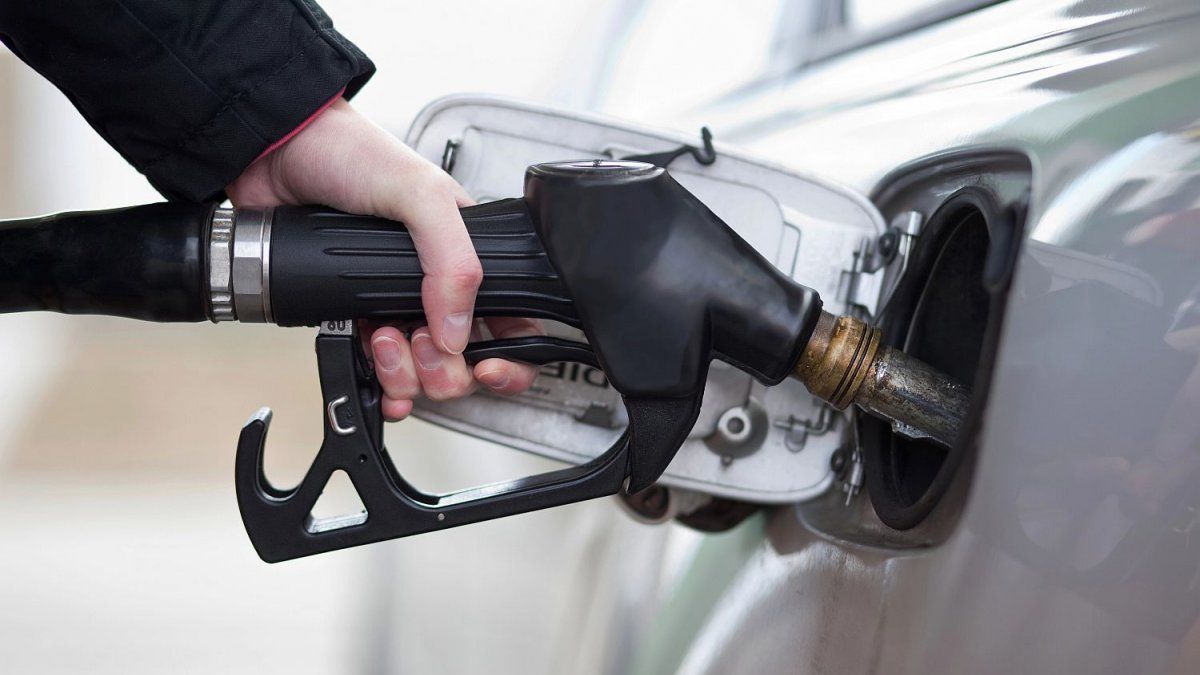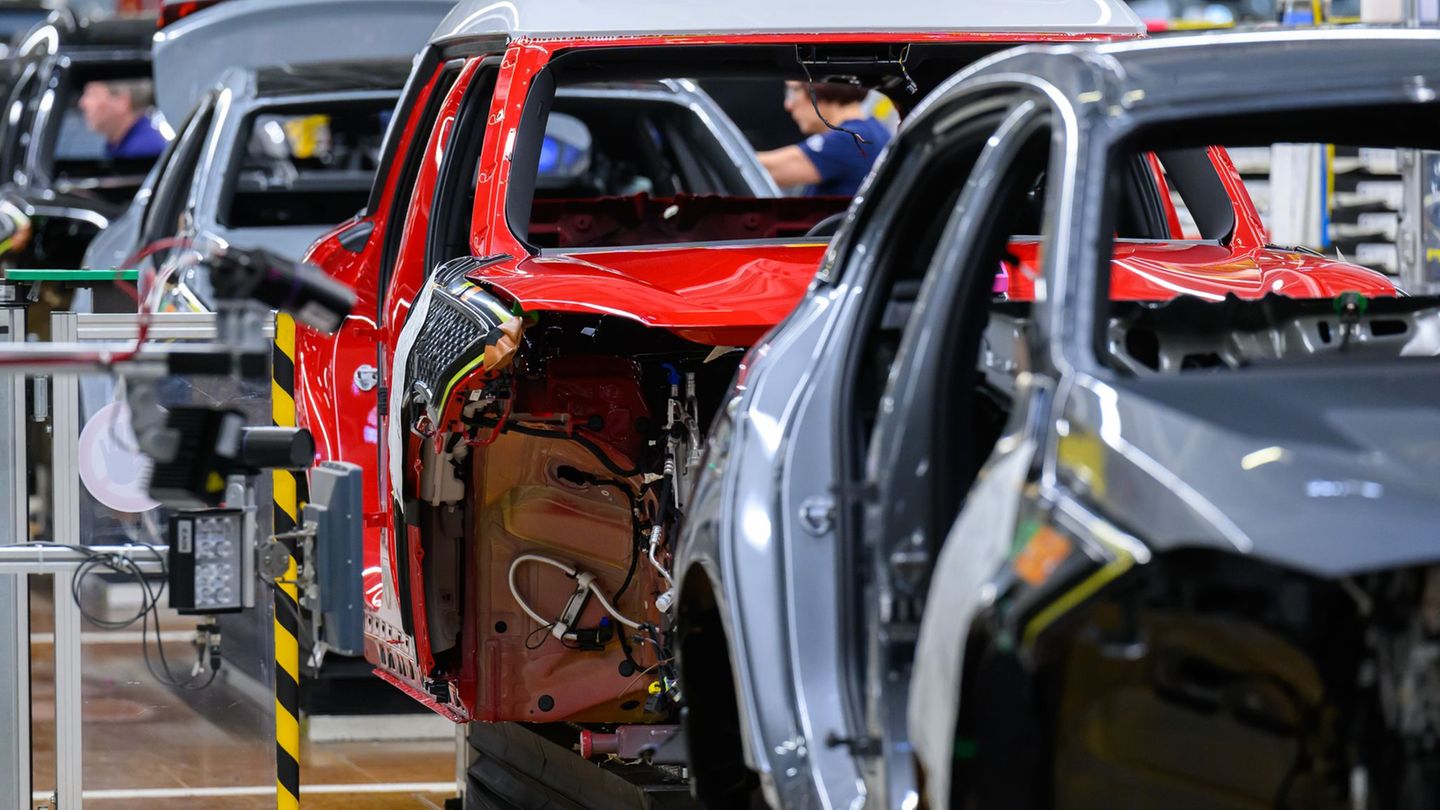The Gasoline sales fell 3% in the Province of Buenos Aires during the first seven months of the year, going from 1,438,863 m3 in 2023 to 1,395,588.68 m3 in 2024. In CABA, on the other hand, the sale of that same product had a strong rebound of 16% in the period analyzed. In detail, the service stations of the Federal Capital dispatched 313,989 m3 of super gasoline between January and July of last year and sold 363,204 m3 in the same period this year.
According to data published by the National Energy Secretariat, drivers know which areas have the lowest prices and prioritize charging at the cheapest gas stations. This phenomenon is clearly reflected in the comparison of sales figures for Autonomous City of Buenos Aires (CABA) and Province of Buenos Aires.
In Buenos Aires, 43,274 m3 of super gasoline were not sold in the first seven months of the year, and in CABA, 49,215 m3 more were sold. This suggests that drivers actually continued to fill up with the same amount of fuel or even a little more, but they chose other service stations.
The reason is the price gaps. Historically Capital Federal has always been cheaper than Buenos Aires province when it comes to fuel, This is why thousands of drivers, whenever possible, choose to fill up at service stations in that area. Currently, the differences range between 2% and 4%, depending on the oil company, but in some periods the gap has been much greater.
The transfer of demand between Capital and Province occurred in super gasoline, but was not repeated in the rest of the fuels. In contrast, sales of all other products fell in both jurisdictions.
Fall in sales of other products
In CABA, sales of premium gasoline fell by 12%, premium diesel fell by 10% and regular diesel fell by 6%, according to data published by the Energy Secretariat.
In Buenos Aires, the sharpest drop was also seen in premium gasoline, which plummeted by 21%. This is logical, considering the recessionary scenario and the prevailing need to save. Meanwhile, the statistical results indicate that sales of regular diesel fell by 9% and sales of premium diesel fell by 3%.
Fuel dispensers gasoline knot.jpg
In other products, the drop in sales occurred in the month of July.
YPF is considering lowering fuel prices in October
YPF President, Horacio Marin, He said that the price of fuel could fall in October, after five years of consecutive increases. The trigger would be the fall in the international price of a barrel of crude oil.
“The price of fuel depends on the price of oil. If the price of crude oil goes down, users do not have to subsidize YPF, because it is not fair that we have a profit above what the sale of fuel should logically have. Likewise, when it goes up, we cannot not raise the price of fuel, because YPF would be subsidizing users and that is not fair either,” said the company leader.
“The price of a barrel of oil dropped by USD 10 and in the last week it rose by USD 4. We are analyzing it and I promise that next week we will have a decision. We may lower the price of fuel,” Marín acknowledged.
Source: Ambito




